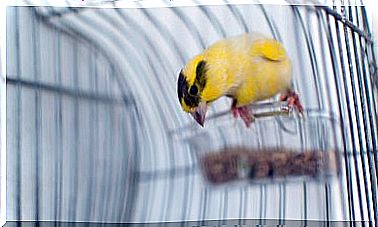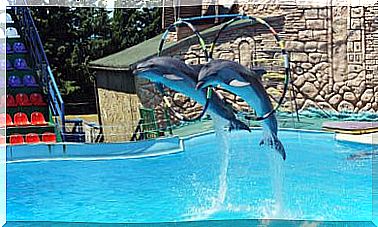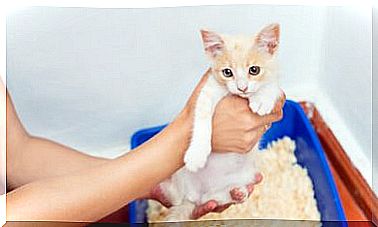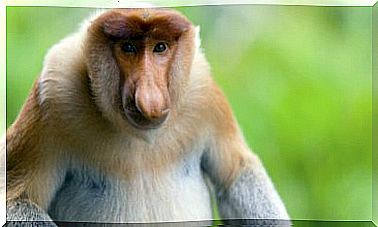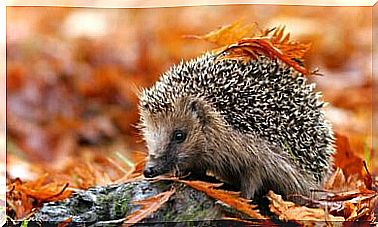Polycystic Kidney Disease In Cats: Causes, Symptoms And Treatment
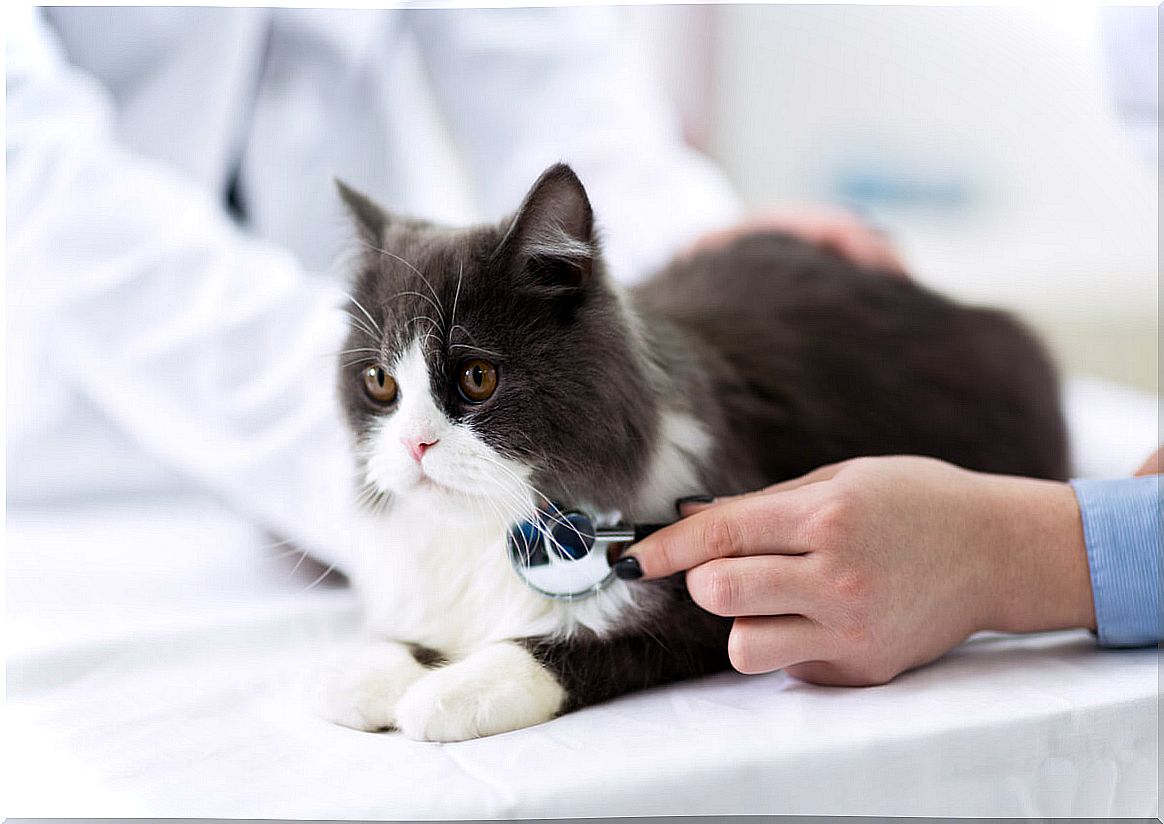
Polycystic kidney disease in cats is a pathology in which the feline develops cysts in the kidneys over time. At the time of birth, they are small in size, but they grow uncontrollably and cause chronic kidney failure, especially in adult animals.
This disease is hereditary and, therefore, there are breeds with a greater predisposition to present it. Interestingly, up to 49% of Persian cats suffer from it, although guardians never realize it. In the rest of the races, the prevalence oscillates 16%. If you want to know all about feline polycystic kidney disease, read on.
Causes of Polycystic Kidney Disease in Cats
Polycystic kidney disease is an inherited disorder that occurs in dogs, cats, humans, and other mammals. In our species it is the most common hereditary genetic pathology, since the mutation that causes it is present in 1 out of every 800 people.
In all the species mentioned, the condition is generally due to the mutation of the PKD1 gene – or an analog of it. This gene encodes the synthesis of polycystin-1, an essential protein for tubular generation and development in the kidneys. When this fails, liquid cysts form in the kidneys, which slowly decrease the function of the organ.
As studies indicate, this pathology is especially worrisome in Persian cats. Due to the increased presence of genetic analysis methods, prevalences of the mutation have been seen in this breed of up to 49%. This disease is autosomal dominant so, if one of the 2 parents shows it, the offspring will be sick in 50% of the cases.
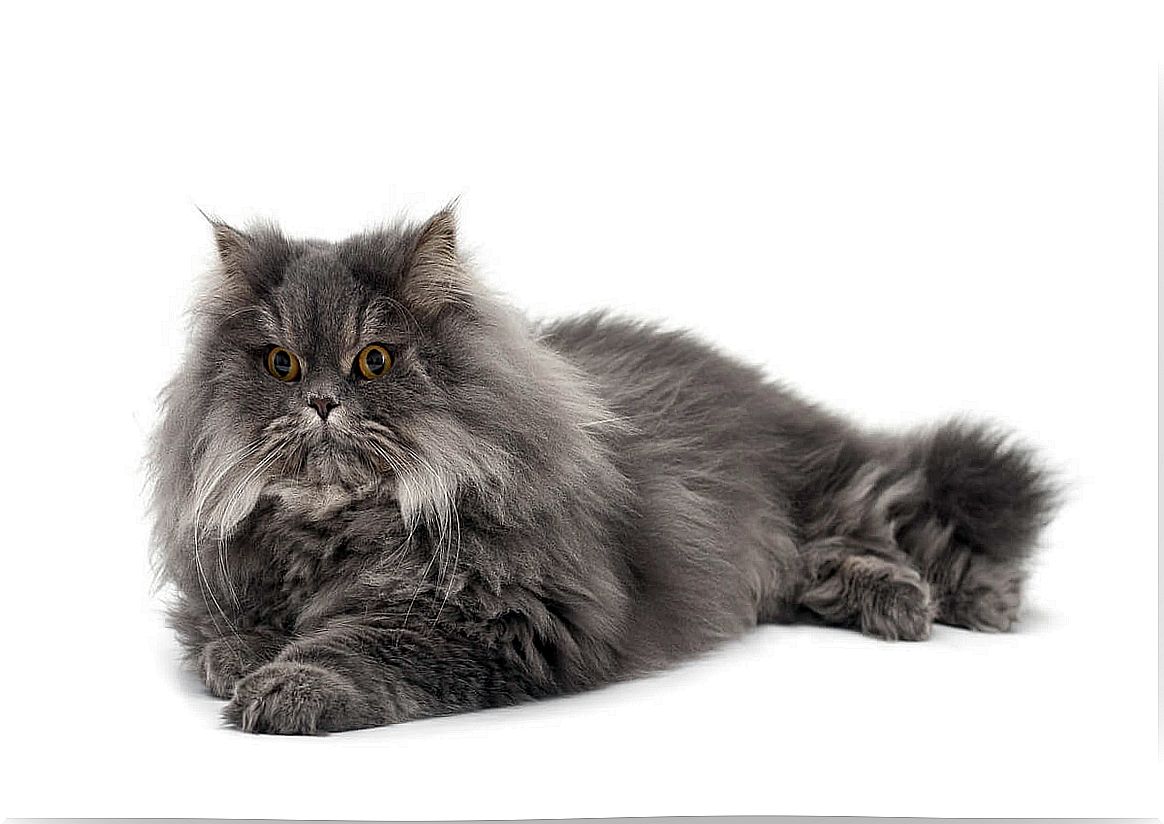
Symptoms
All polycystic cats have kidney cysts, but the number and growth of these depends on each individual. In most cases, the feline will not begin to show clinical signs until the average age of 7 years. Among the most common symptoms, we find the following:
- Increased urine production and water consumption: the kidneys fail, so the body tries to compensate for the lack of purification with more water consumption and urination.
- Weight loss and lack of appetite.
- Nausea and vomiting
- Fatigue and apathy
These clinical signs are typical of any animal with kidney failure. If at any time you decide to get a Persian cat, it must have passed genetic tests to confirm that it is not a carrier of the mutation in the PKD1 gene: even if it is healthy, the animal will end up developing chronic kidney failure throughout its life.
Diagnosis
The diseased animal does not develop large tumors, so it is difficult – if not impossible – to detect them by palpation at home. Therefore, the cat with symptoms of kidney failure should go to the veterinary center. The professional will perform genetic tests, urine tests and radiographic studies that will confirm your condition.
Treatment of polycystic kidney disease in cats
Unfortunately, there is no curative treatment for polycystic disease in cats. The best approach is prevention, that is, genetic testing of any Persian cat with a family history of the disease. If it is a carrier of the mutation in the PKD1 gene, it should not cross or have offspring.
If unfortunately your cat is already sick, the only thing you can do is be patient and try to make kidney failure progress as slowly as possible. To do this, changes should be made to the animal’s diet, fluid therapy treatments, injections to drain the cysts, and dosage of drugs to manage pain and symptoms.

A final thought
Polycystic disease in cats is incurable, but its onset can be prevented. The fact that up to 30% -50% of Persian cats suffer from it is undoubtedly an indication that greater regulation is required when reproducing specimens to keep the breeds “pure”.
To what extent is it worth having beautiful domestic cats if it carries such a great risk to their health? If something is clear behind the exposed lines, it is the following: it is necessary to control the genetic inheritance of the animals that accompany us, especially if the inherited diseases involve the death of the pet in the long term.
